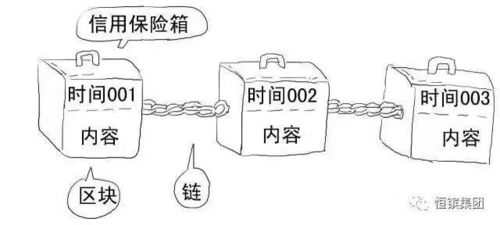Introduction to Blockchain: A Brief Overview

Blockchain technology, first introduced with the birth of Bitcoin in 2009, has since evolved into a revolutionary force across various industries. At its core, blockchain is a decentralized ledger that records transactions across many computers so that the record cannot be altered retroactively without the alteration of all subsequent blocks and the consensus of the network.
Current State of Blockchain Technology

Today, blockchain is not just a cryptocurrency platform; it's a foundational technology that has the potential to disrupt traditional systems in finance, healthcare, supply chain, and more. Its features like decentralization, immutability, and transparency are making it a preferred choice for businesses looking to streamline operations and enhance security.
Challenges and Limitations

Despite its promising potential, blockchain technology faces several challenges. Scalability issues, high energy consumption, regulatory uncertainties, and the complexity of the technology itself are some of the hurdles that need to be addressed. Moreover, the nascent nature of blockchain has led to a lack of standardized protocols and practices, which can hinder its widespread adoption.
The Future of Blockchain: Predictions and Speculations

Looking ahead, the future of blockchain is both exciting and unpredictable. Here are some potential changes and developments that could reshape the landscape of blockchain technology:
1. Improved Scalability
One of the most pressing issues in blockchain is scalability. As the technology grows, the need for more efficient and faster blockchains becomes apparent. Innovations like sharding, sidechains, and layer 2 solutions are being explored to address this challenge. If successful, these technologies could make blockchain more accessible and practical for a wider range of applications.
2. Enhanced Energy Efficiency
Blockchain's energy consumption, particularly in proof-of-work (PoW) systems, has been a point of criticism. The shift towards more energy-efficient consensus mechanisms like proof-of-stake (PoS) is already underway. As the industry continues to evolve, we can expect more sustainable and eco-friendly blockchain solutions to emerge.
3. Regulatory Clarity
Regulatory frameworks around blockchain are still evolving. As governments and regulatory bodies gain a better understanding of the technology, we can anticipate clearer regulations that will help in the mainstream adoption of blockchain. This could also lead to the creation of standardized protocols and practices, making blockchain more reliable and secure.
4. Increased Interoperability
Currently, different blockchain platforms operate in silos, making interoperability a challenge. Efforts are being made to develop cross-chain technologies that will enable different blockchains to communicate and work together seamlessly. This could unlock new possibilities for decentralized applications and services.
5. Mainstream Adoption in Various Industries
Conclusion

Blockchain technology is here to stay, and it is poised to undergo significant changes and advancements. While challenges remain, the potential benefits of blockchain are too great to ignore. As the technology continues to evolve, it will undoubtedly reshape the way we interact with the digital world and conduct transactions.
Tags:

Blockchain Technology Future Scalability EnergyEfficiency Regulation Interoperability Adoption Innovation

